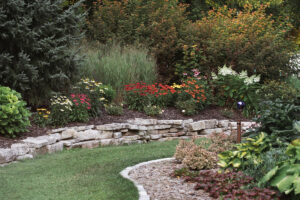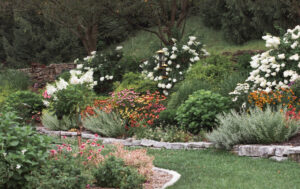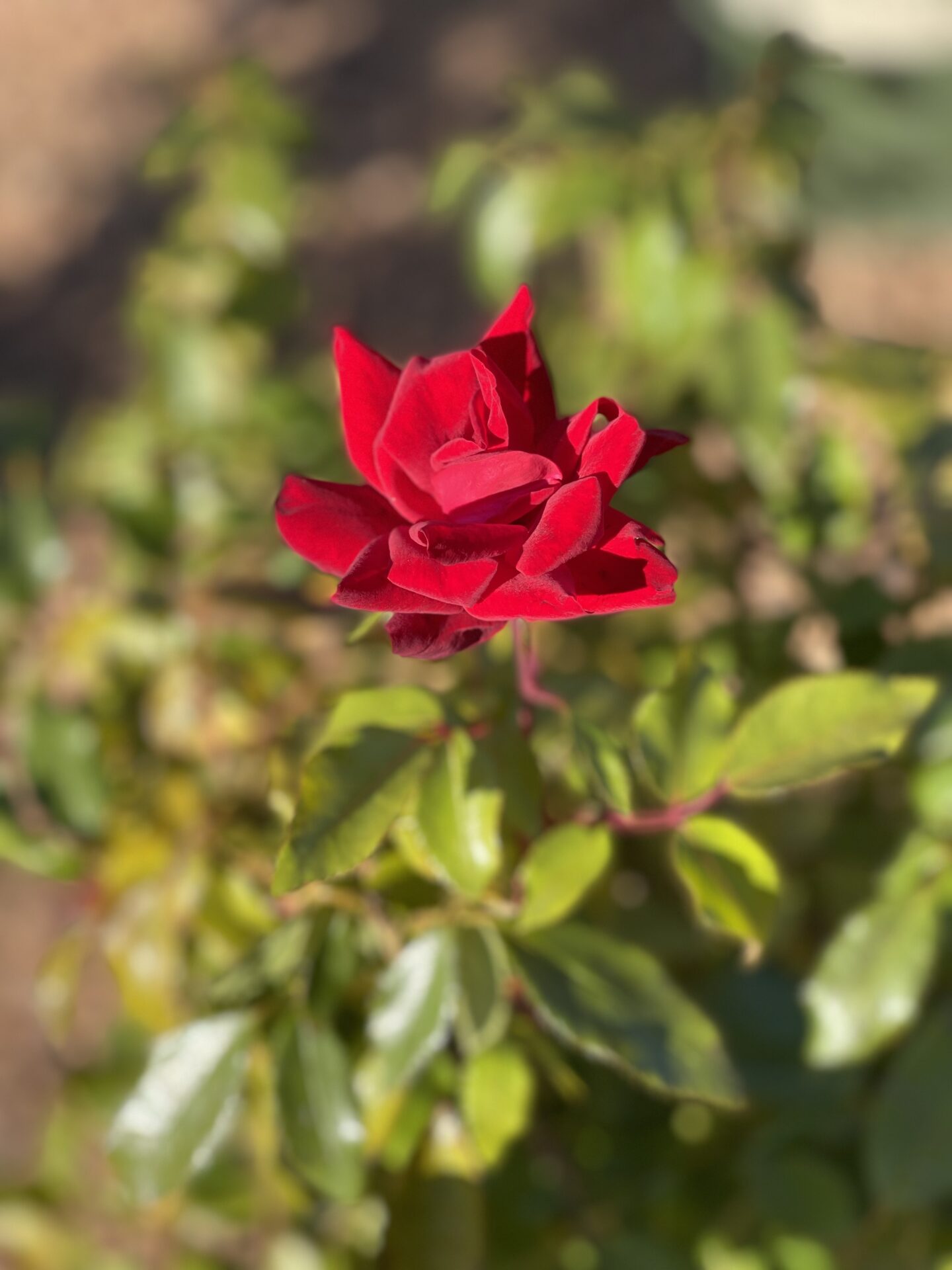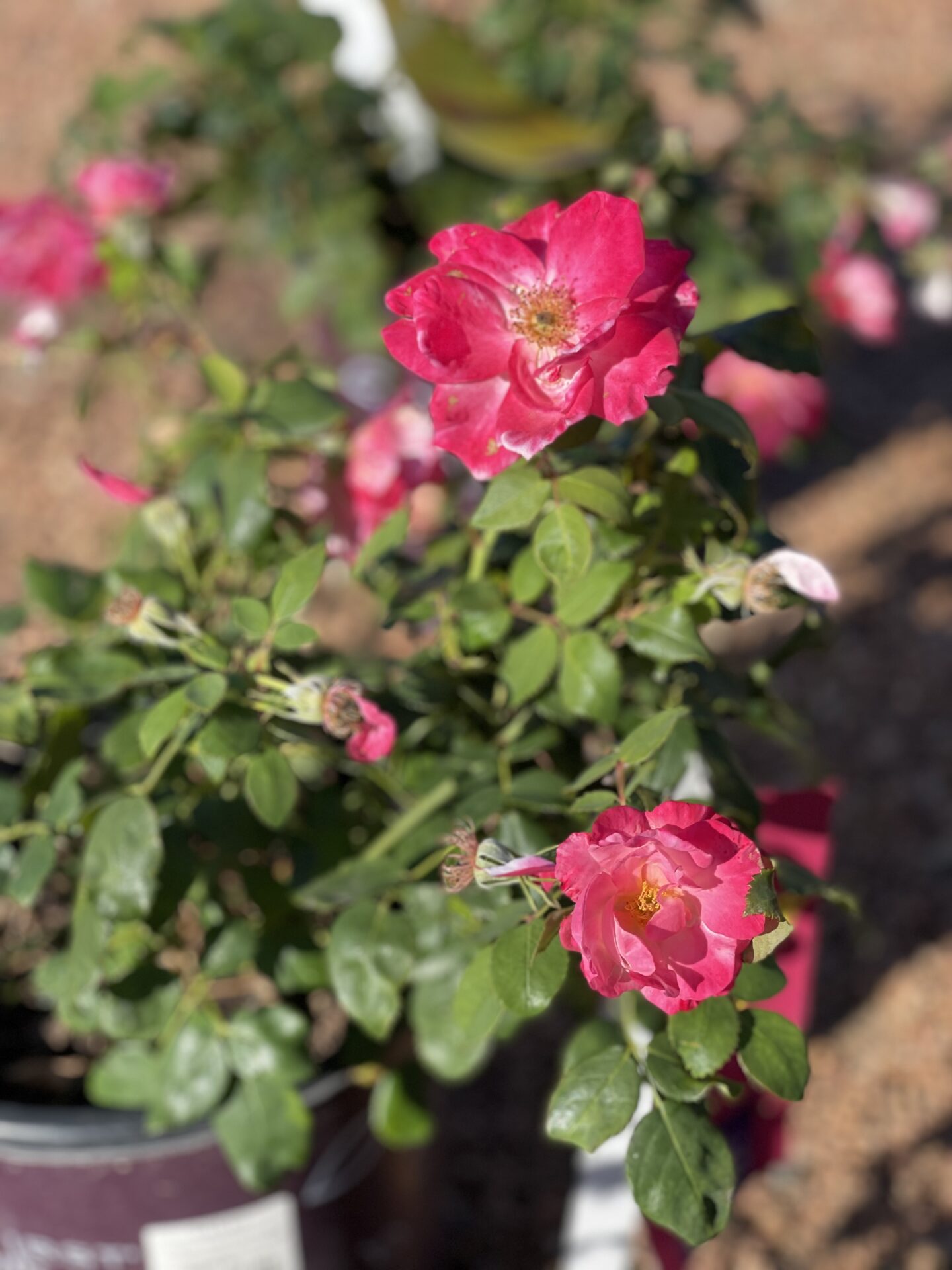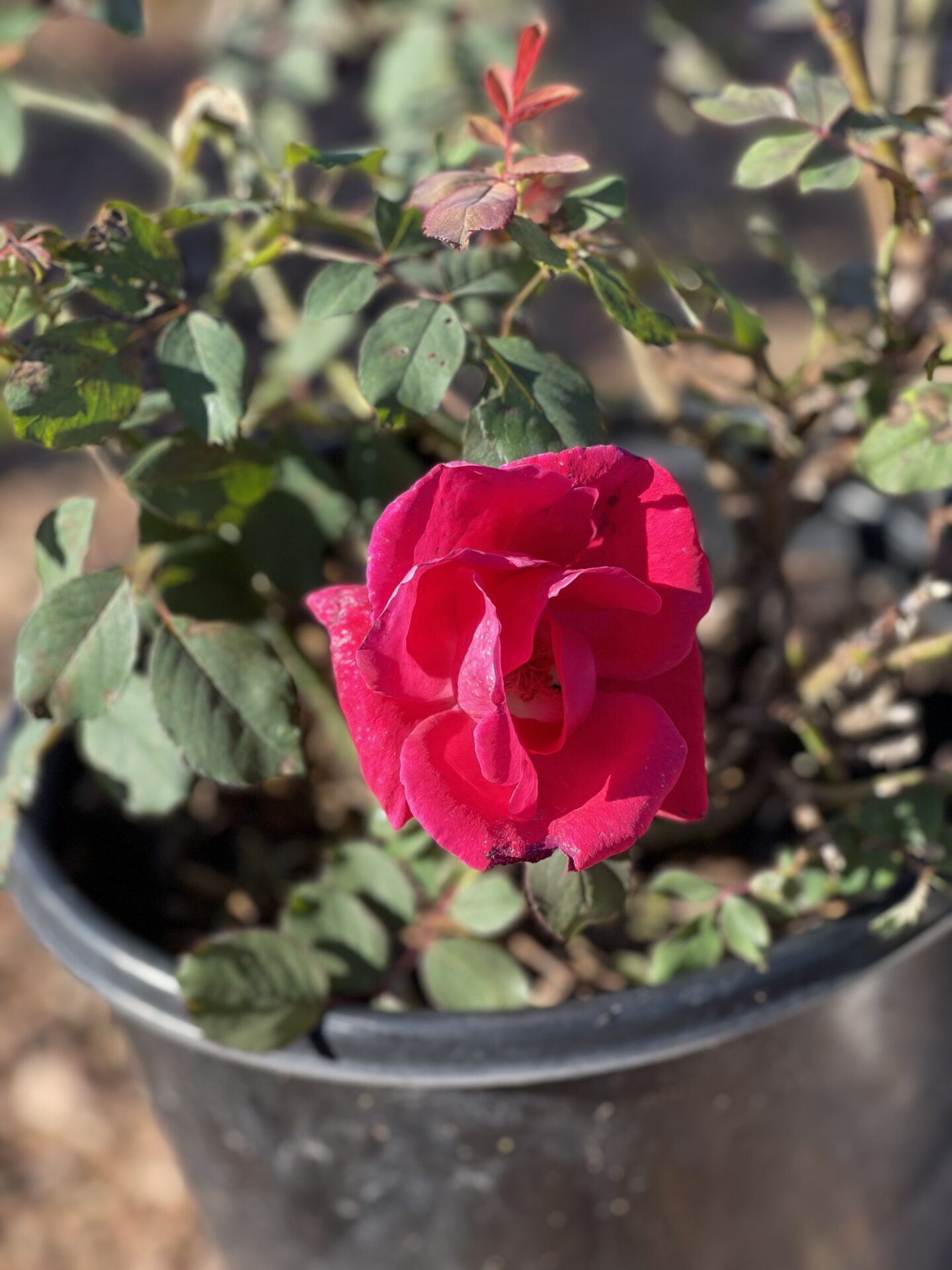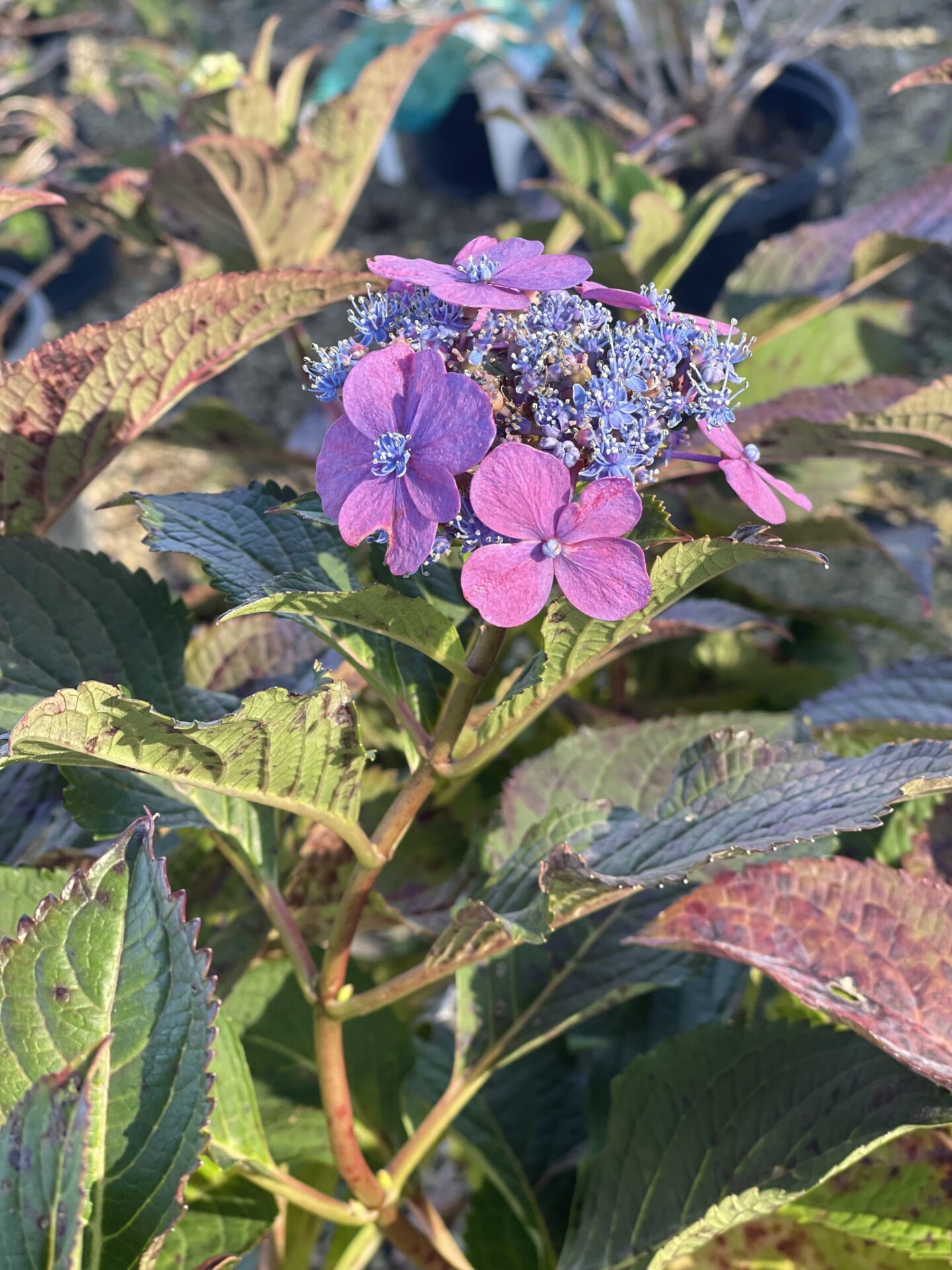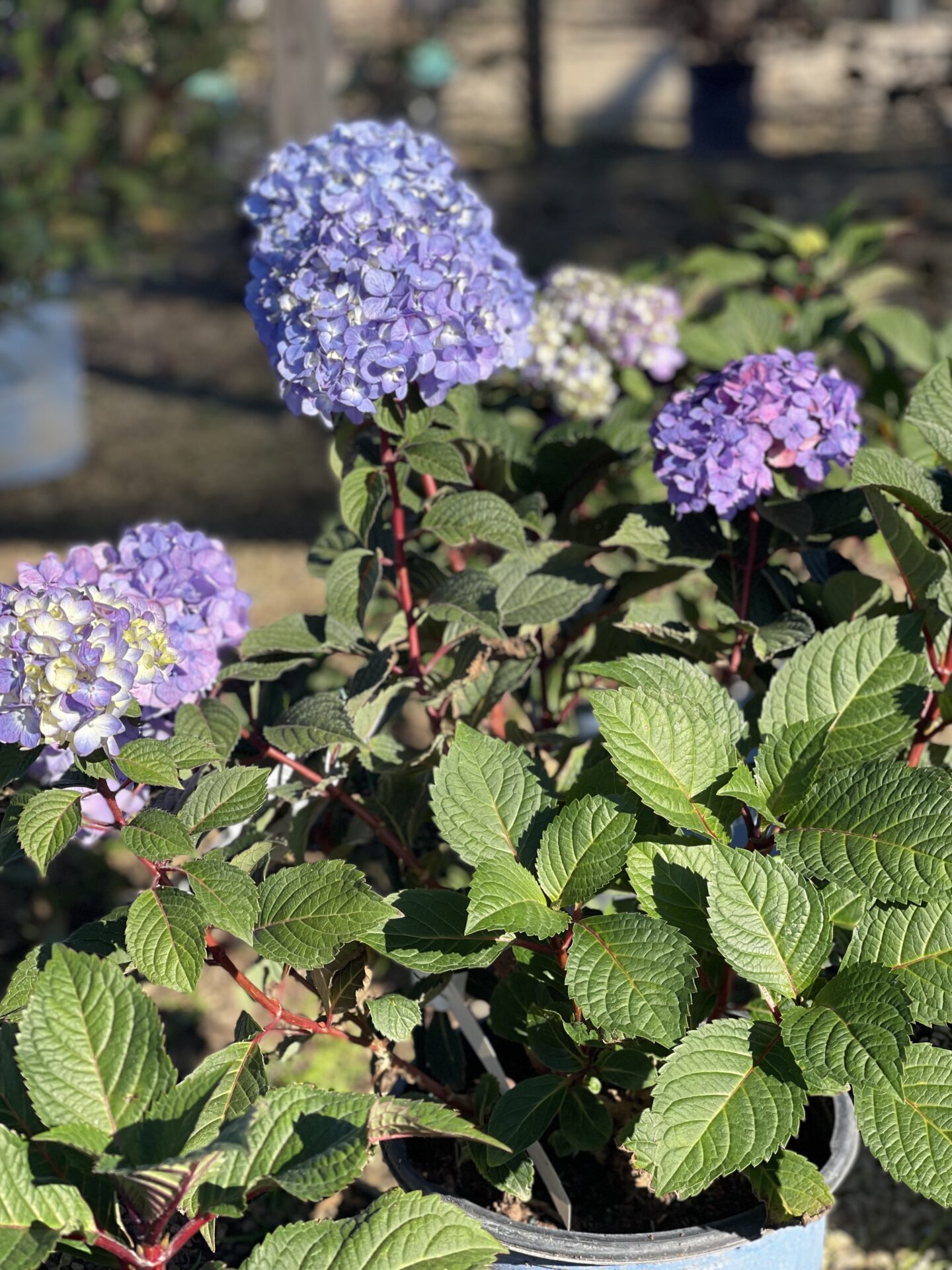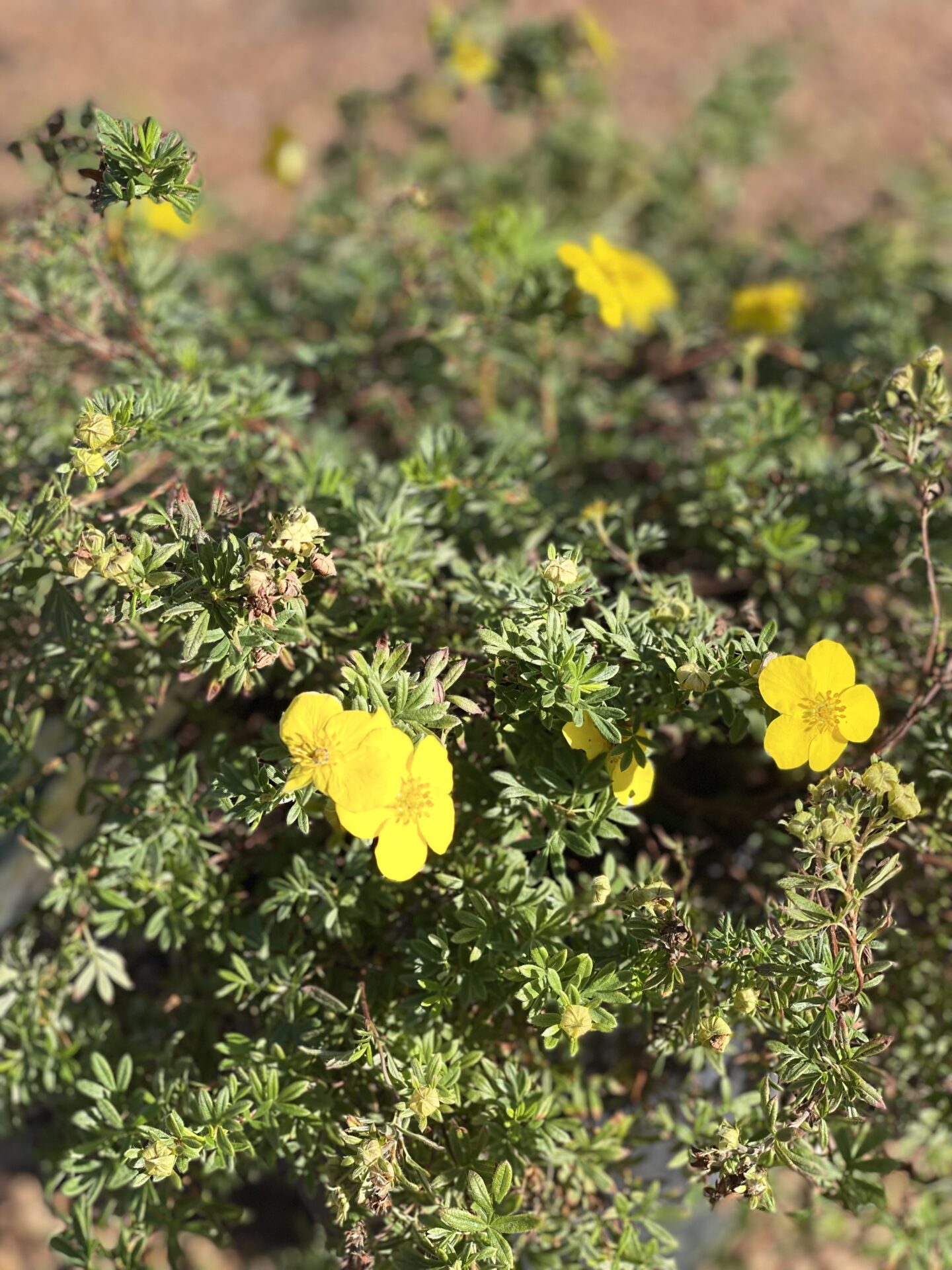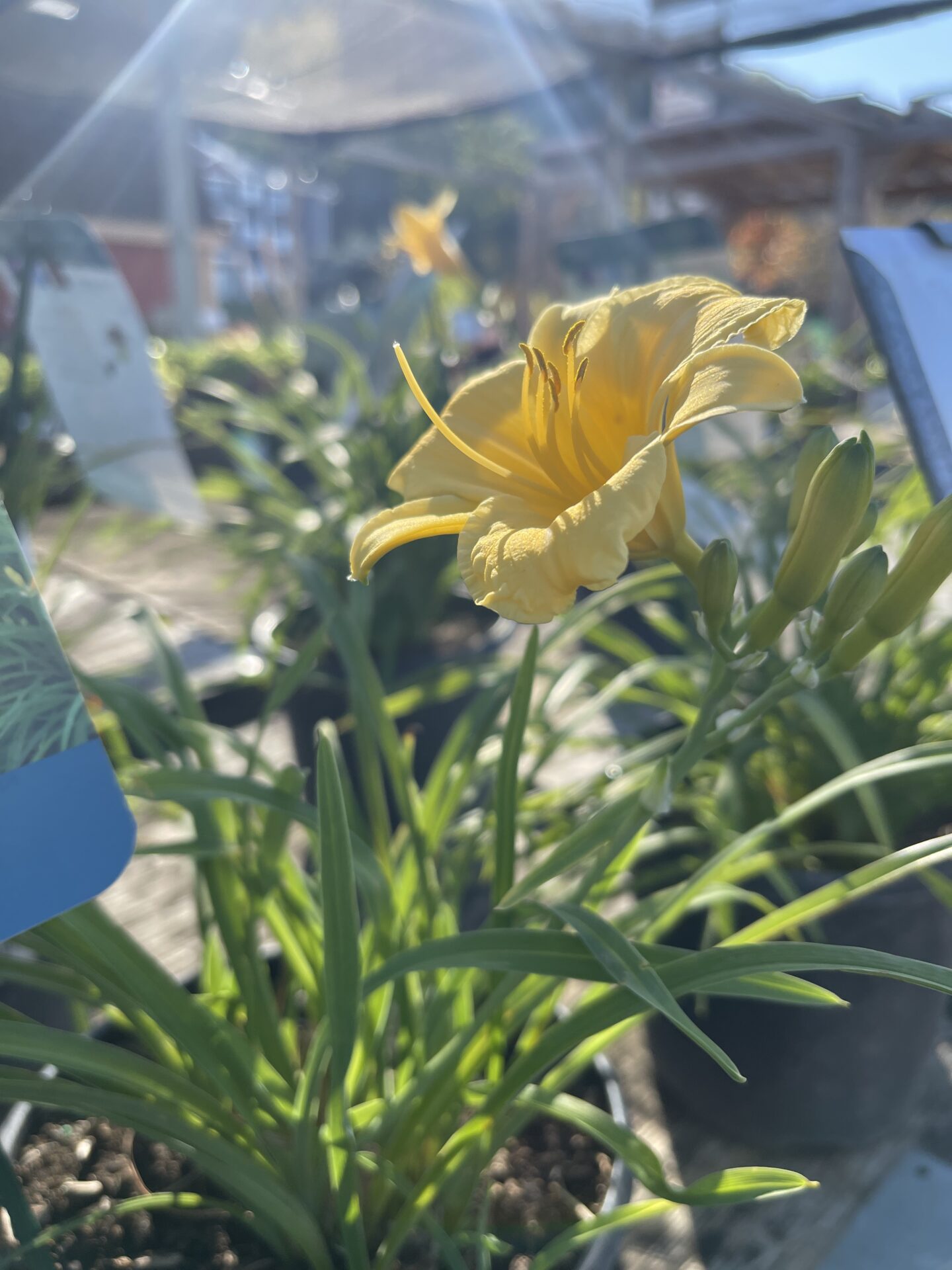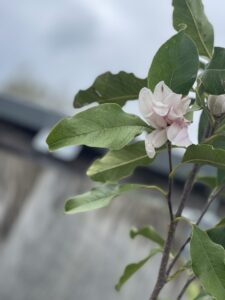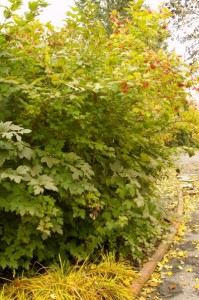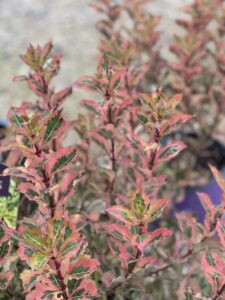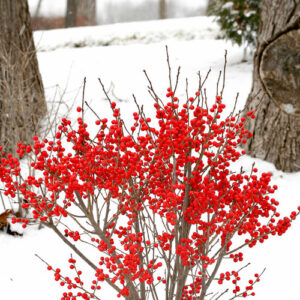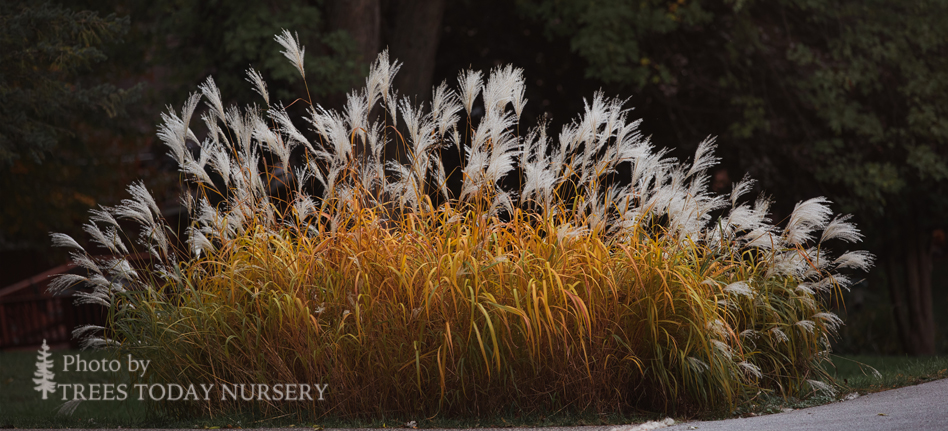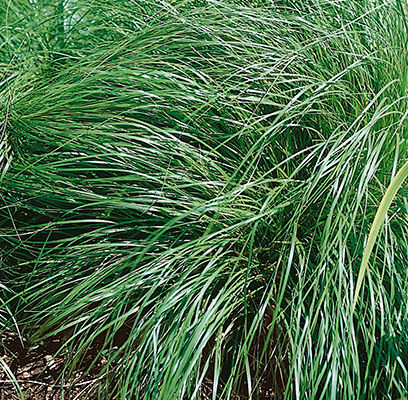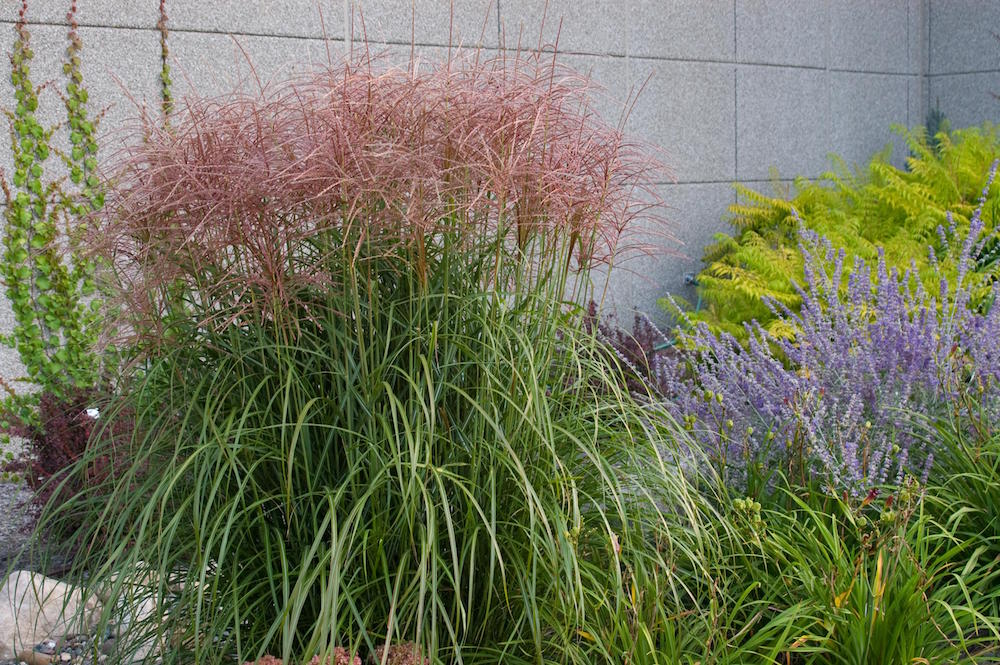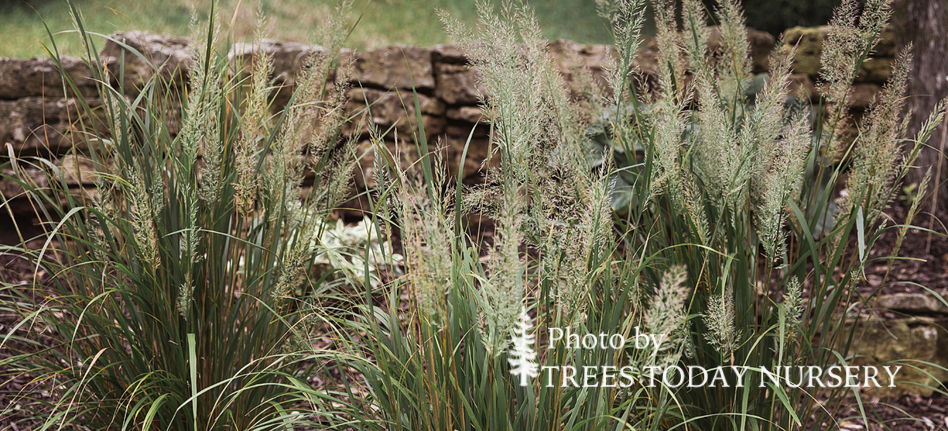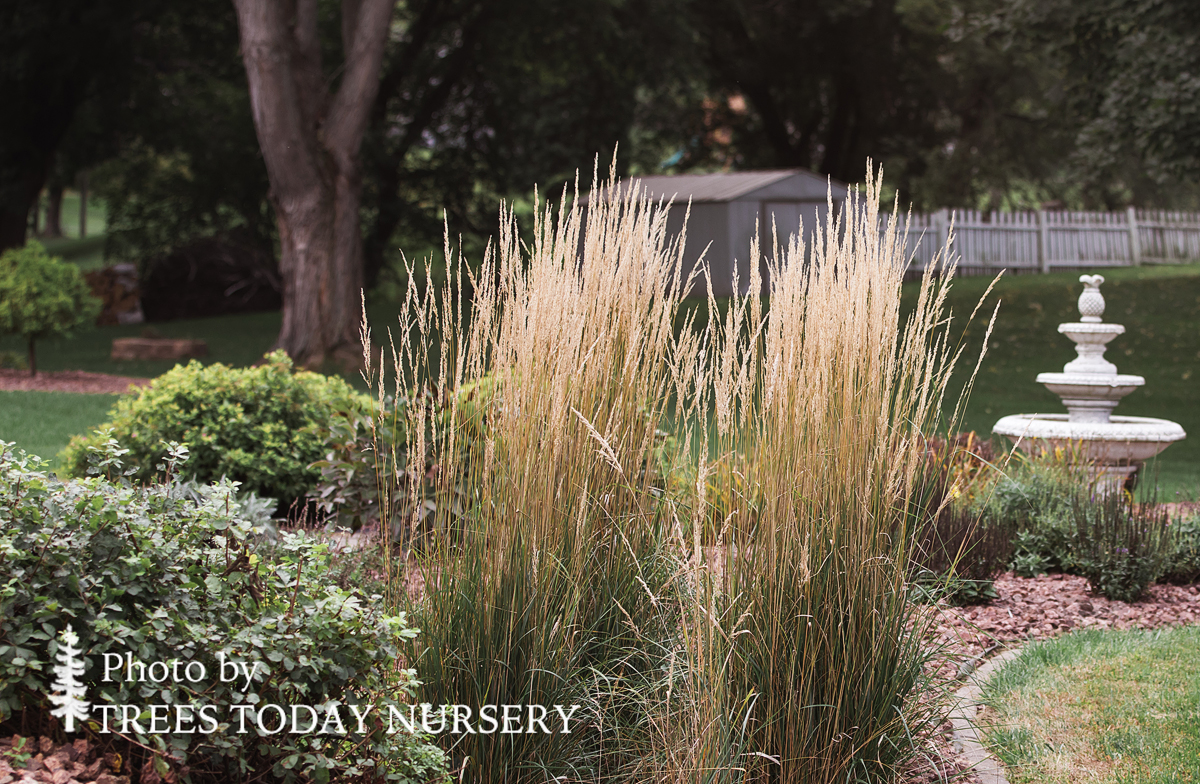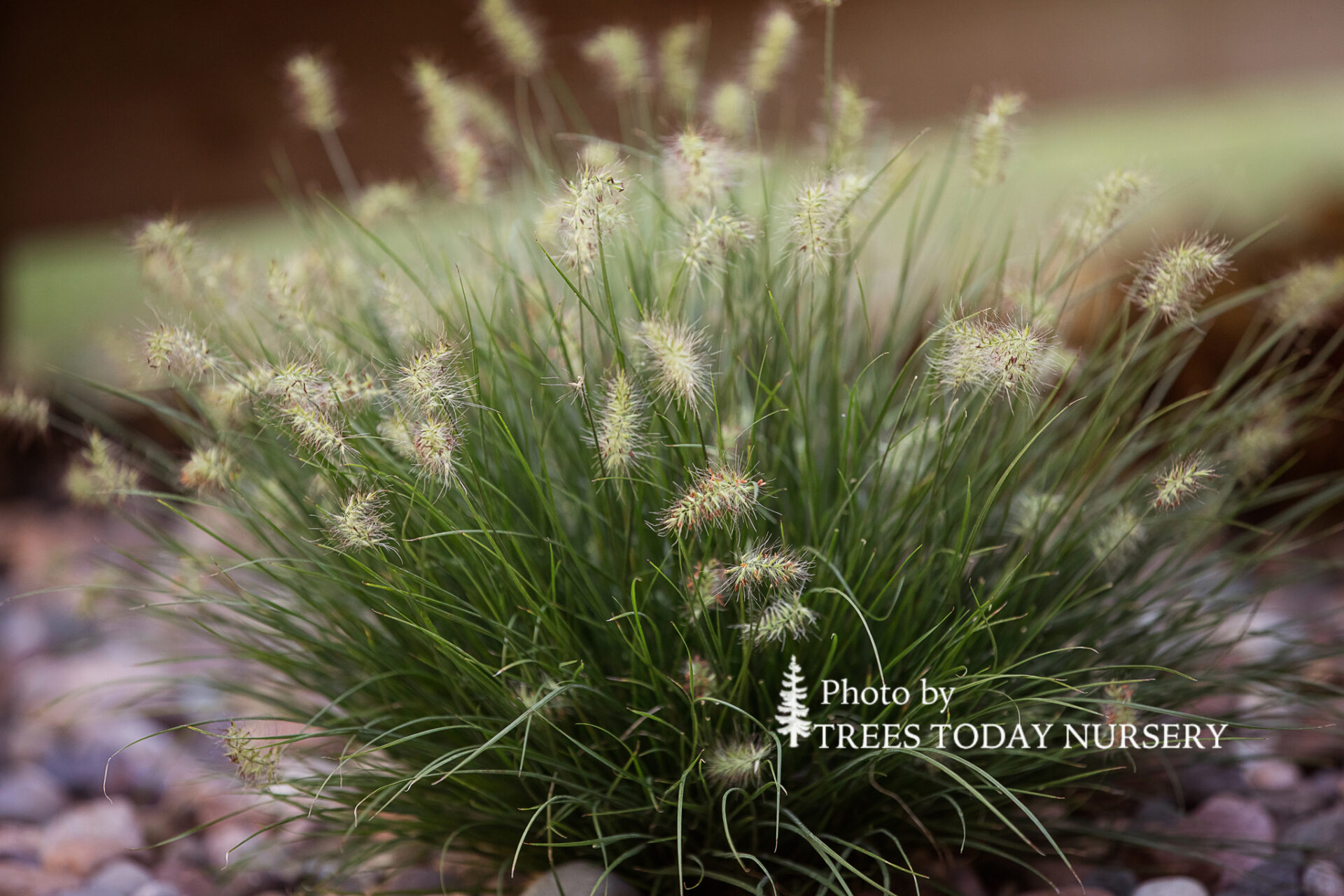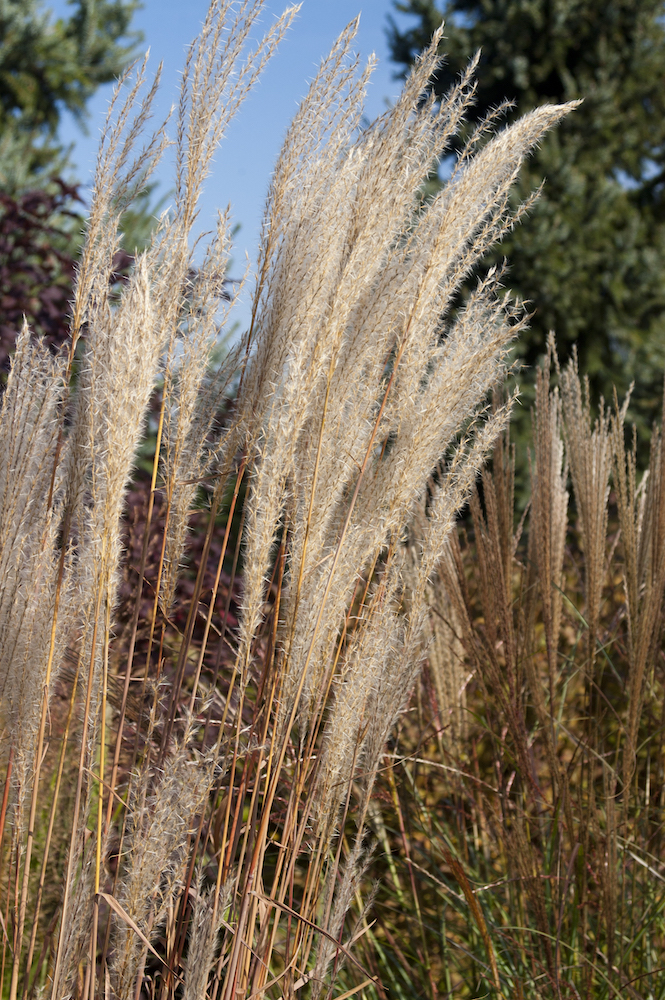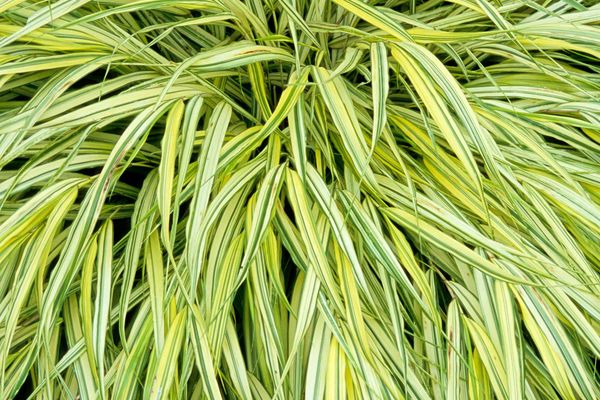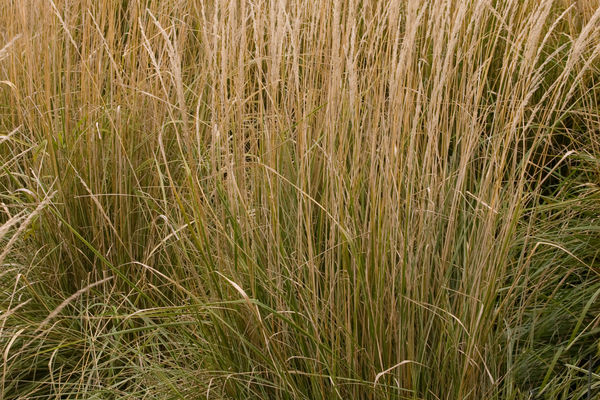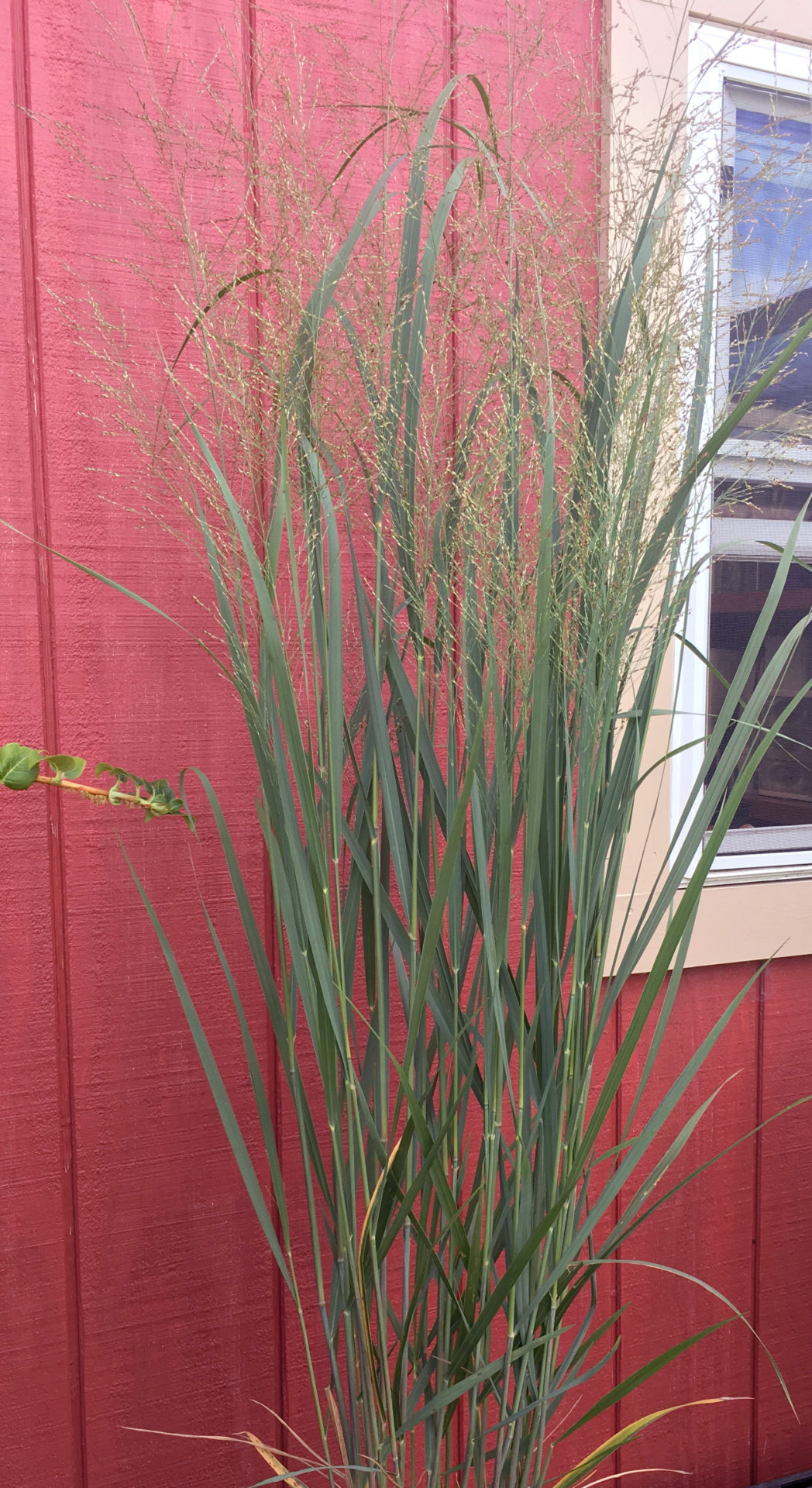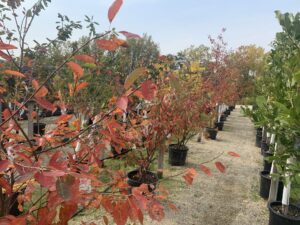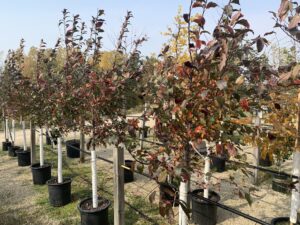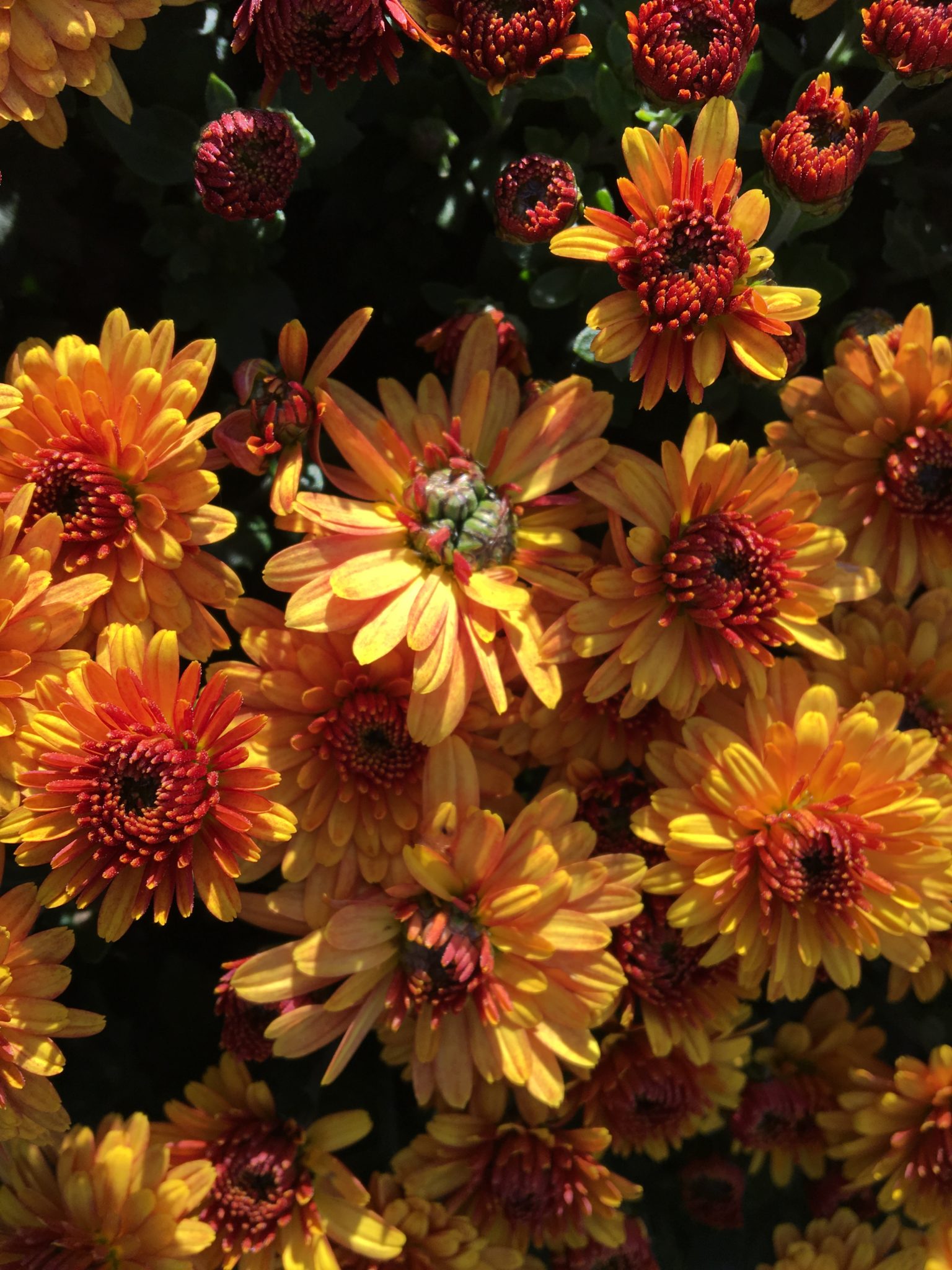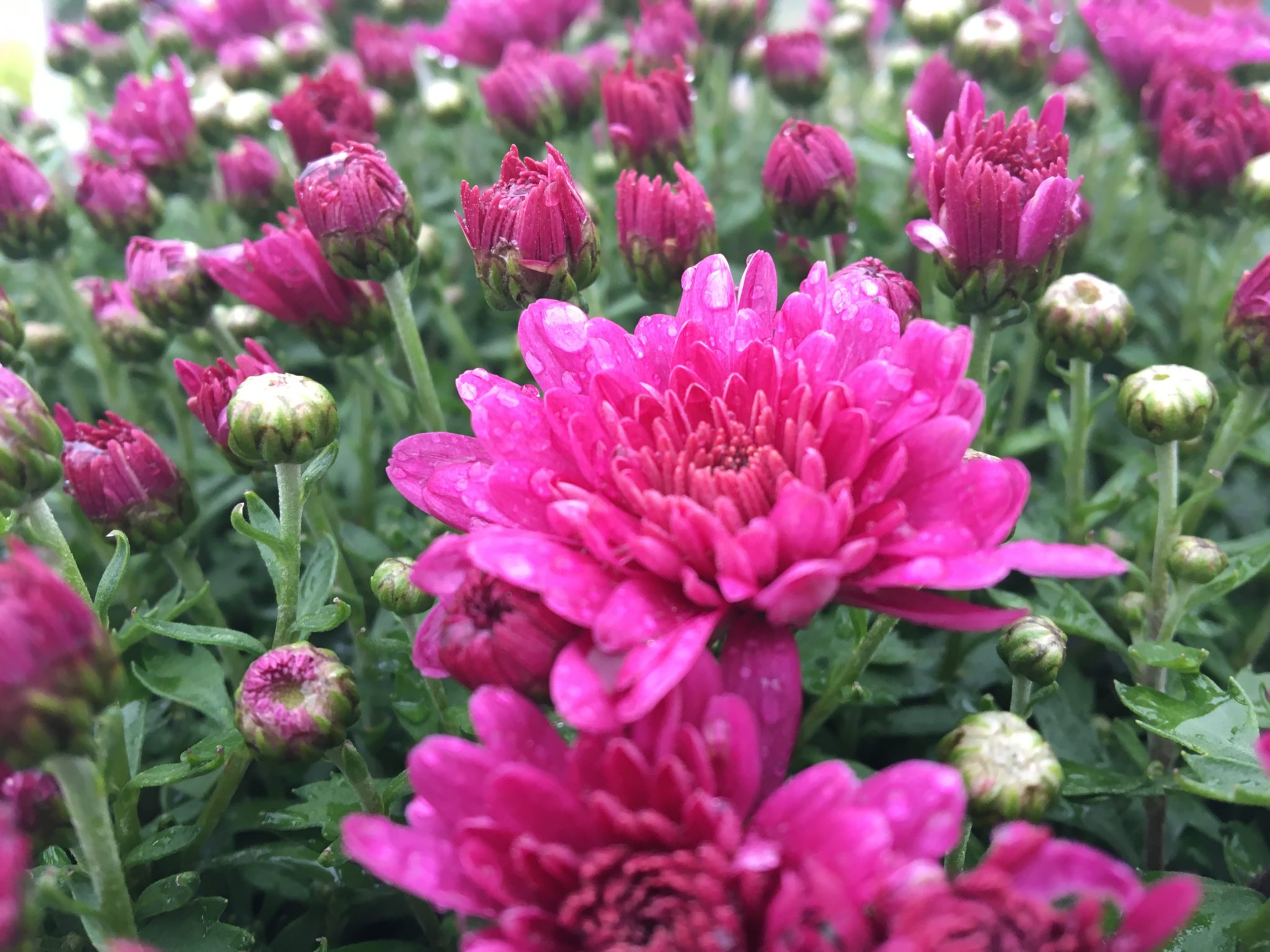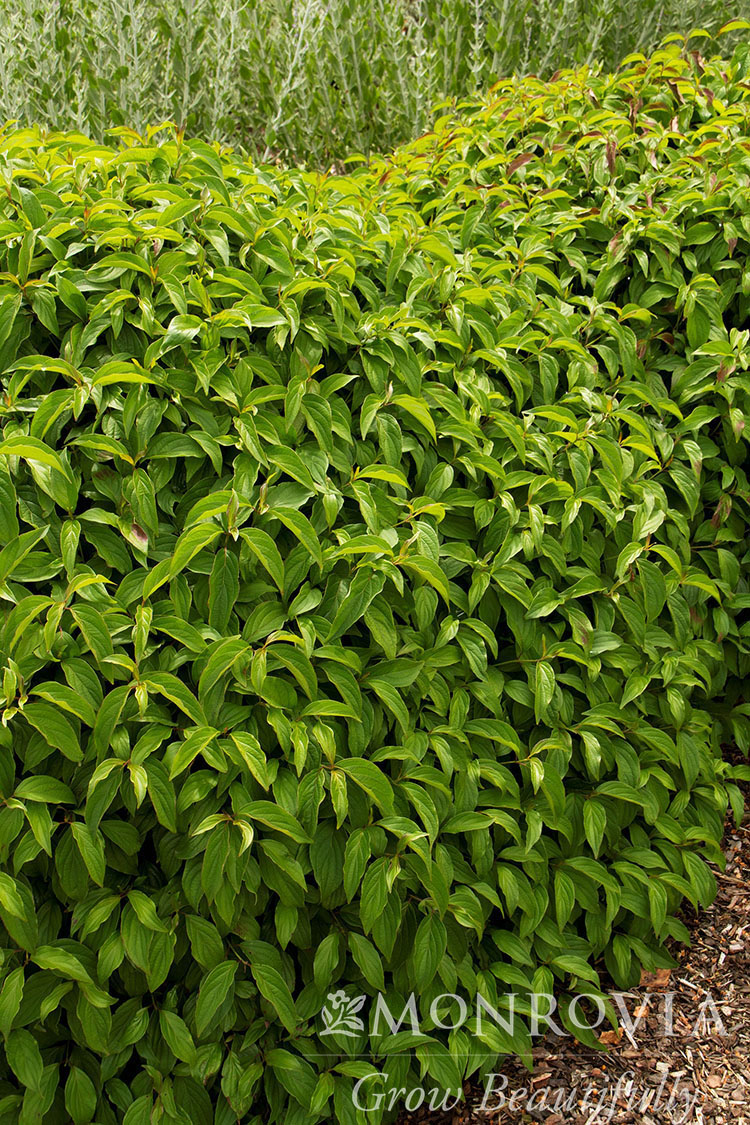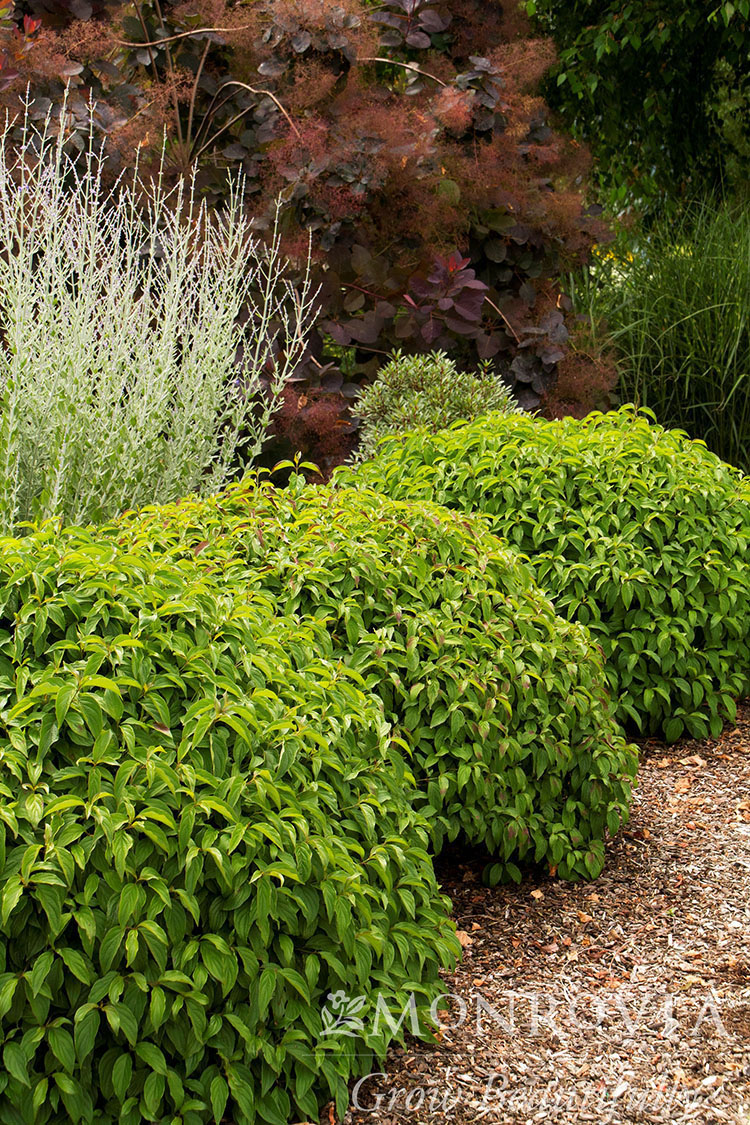Some of us are happy and some of us are sad to be leaving summer behind. How did your garden do this summer? Lots of mildew due to all the rain we had? The heat and torrential rains were hard on gardens this year. Some of us even had to deal with hail.
Currently roses are blooming, (after August 15 they should no longer be fertilized as they need to go dormant), asters are just beginning their fall show, Black Eye Susans are still blooming, and grasses are spectacular (especially the Shenandoah). Coneflowers are fading fast. Be sure to leave some dried coneflower heads on the stems for the goldfinches to eat over winter.
Were you satisfied with the way your garden looked this summer? If you feel it was missing something, it may be that your garden needs some shrubs. Monrovia Nursery says that experts agree that shrubs are essential to a beautiful garden design. If you are starting a new yard/garden, trees and shrubs should be the first things to be planted. It is also recommended to plant a couple evergreens, shrubs or trees, in your garden for winter appeal and for some summer texture. Also, your house will probably have more curb appeal if you add a few evergreens to the foundation plantings. So, take a look around your garden and if you need some shrubs, Trees Today Nursery has a multitude of shrubs. September is a great time to plant as they will have plenty of time to take root before winter. Come see us for some shrubbery ideas to make your garden look spectacular next year.
